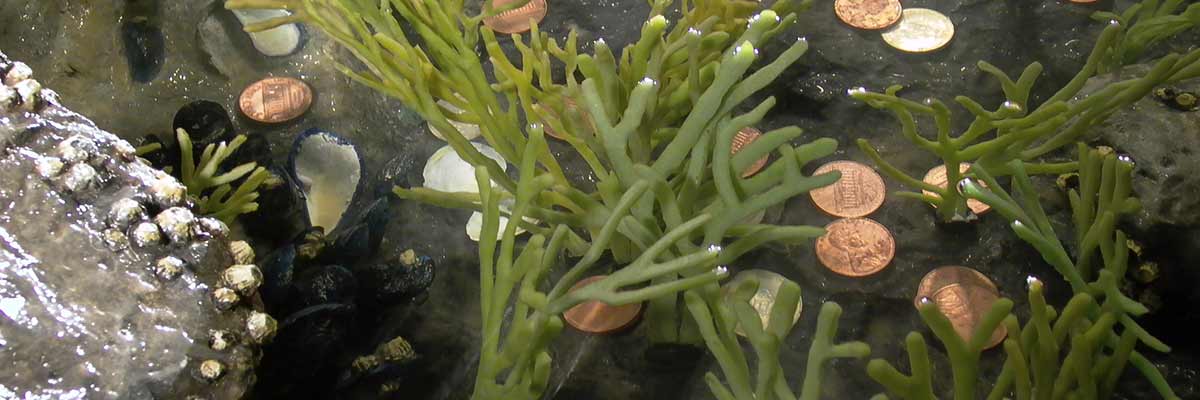From wax to plastic to moss – the range of materials used in contemporary art is endless, as is the urge of artists to experiment. A material is more than just a passive working medium: it is flexible and variable; it can be shaped and conveys shape. Its properties determine how the work is made and influence its subsequent history: wax becomes brittle, plastic deteriorates, moss dries out and crumbles.
The production processes in the artist’s studio can be correspondingly complex, and in some cases highly specialised. This makes it necessary to establish reliable networks with experts, and leads to situations involving many different forms of collaboration. The ageing process of these materials also poses new challenges to restorers and art historians – the materials change and decay in ways that can be highly unpredictable. Traditional, time-tested methods cease to be effective. Familiarity with the process by which a work is made is therefore an advantage in ensuring its preservation.
These issues form the subject of a two-day symposium at Schaulager on ‘Fabrication and Disintegration in Contemporary Art’, which aims to bridge the divide between the production and conservation of contemporary works of art. Experts from the fields of conservation and art history will be conferring with artists, studio assistants and technical professionals.
The symposium is directed at international experts from the museum world and the areas of conservation and art history, but members of the general public with an interest in contemporary art are also welcome, since the symposium will shed light on processes that generally remain invisible in the presentation of art.
The symposium has been conceived in partnership with Vera Wolff (ETH Zurich) and the conservator Christian Scheidemann (New York).


